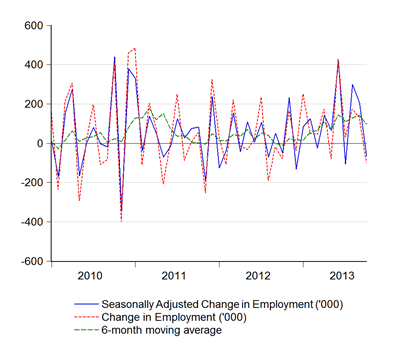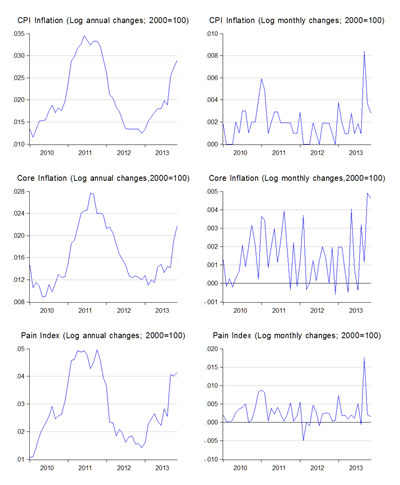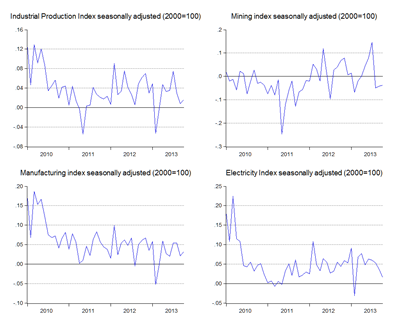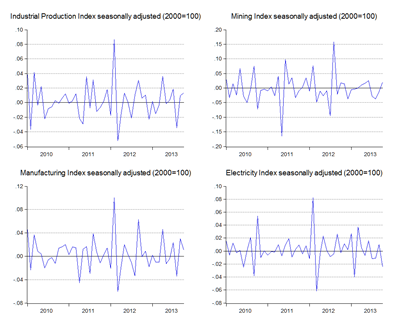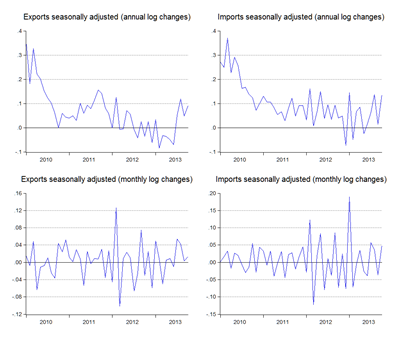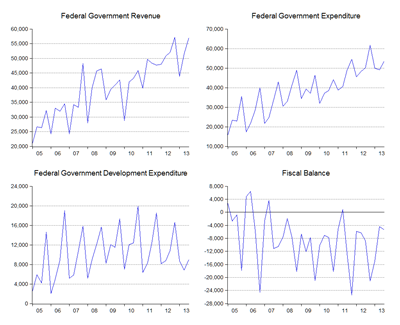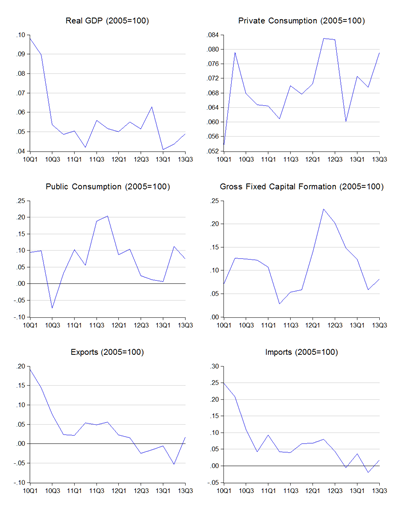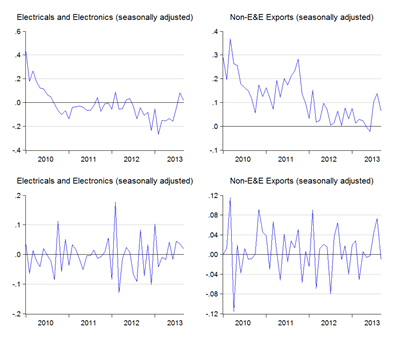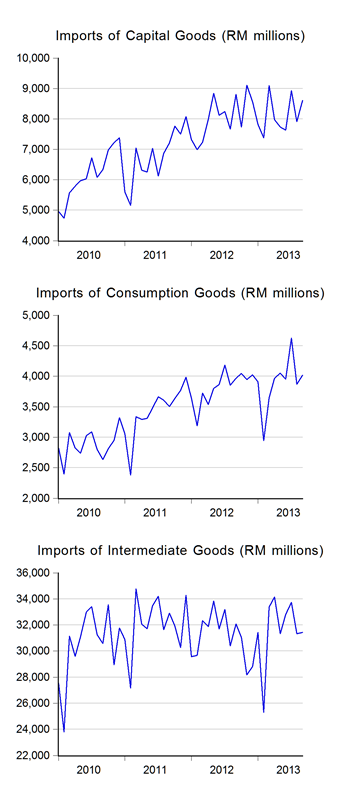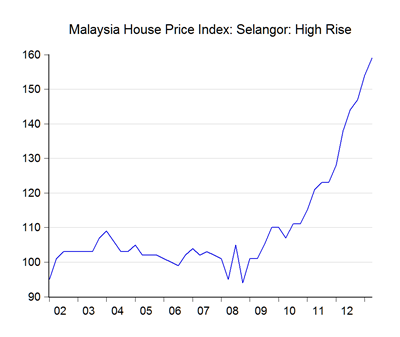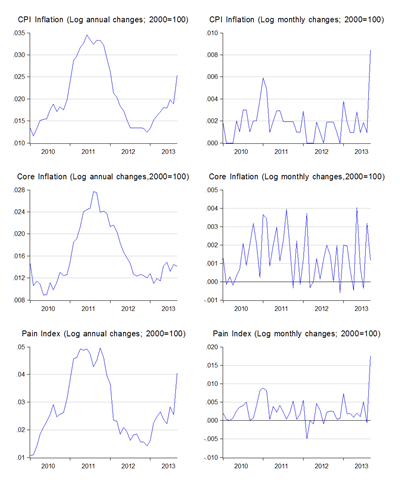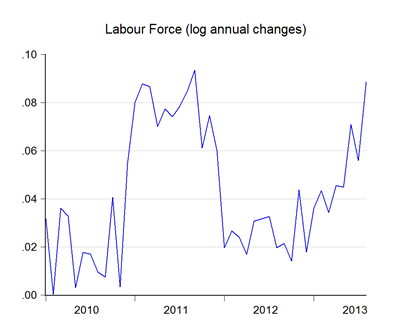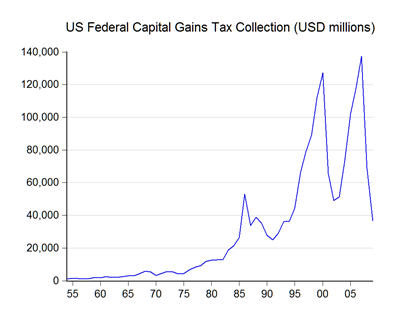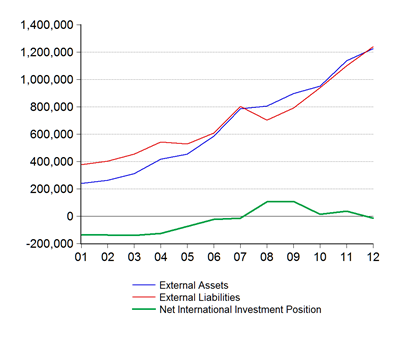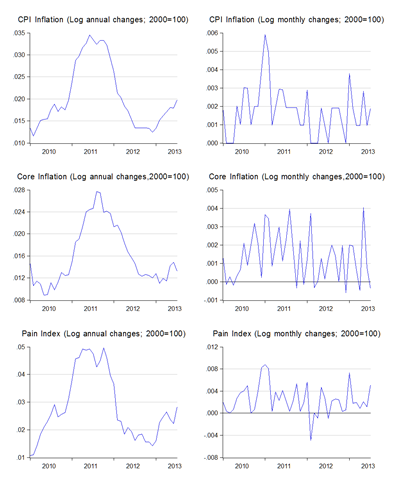One of my favourite econs bloggers, James Hamilton, has a new working paper (abstract; emphasis added):
Off-Balance-Sheet Federal Liabilities
James D. Hamilton
Much attention has been given to the recent growth of the U.S. federal debt. This paper examines the growth of federal liabilities that are not included in the officially reported numbers. These take the form of implicit or explicit government guarantees and commitments. The five major categories surveyed include support for housing, other loan guarantees, deposit insurance, actions taken by the Federal Reserve, and government trust funds. The total dollar value of notional off-balance-sheet commitments came to $70 trillion as of 2012, or 6 times the size of the reported on-balance-sheet debt. The paper reviews the potential costs and benefits of these off-balance-sheet commitments and their role in precipitating or mitigating the financial crisis of 2008.
And people are complaining when Malaysian government contingent liabilities hit 15% of GDP. Makes you wonder, dunnit?
Of course, it’s not a totally fair comparison. The Malaysian number only encompasses government guaranteed debt, not the full extent of explicit and implicit contingent liabilities as Prof Hamilton has tabulated for the US.
Nevertheless, the US numbers are staggering – it’s the equivalent of about 500% of US GDP. While the bulk is made up of "safe” contingencies through the Federal Reserve and the iffier actuarially estimated future liabilities of the US social security and medical assistance programs, guarantees for housing and student debt take up 50% of GDP, or more than three times Malaysia’s total government guarantees. US Federal deposit insurance takes up another 50% of GDP, compared to approximately 30%-40% of GDP for Malaysia (based on PIDM figures).
Any comparable exercise for Malaysia would show piddling numbers by comparison.
Technical Notes
James D. Hamilton, "Off-Balance-Sheet Federal Liabilities", NBER Working Paper No. 19253, July 2013
